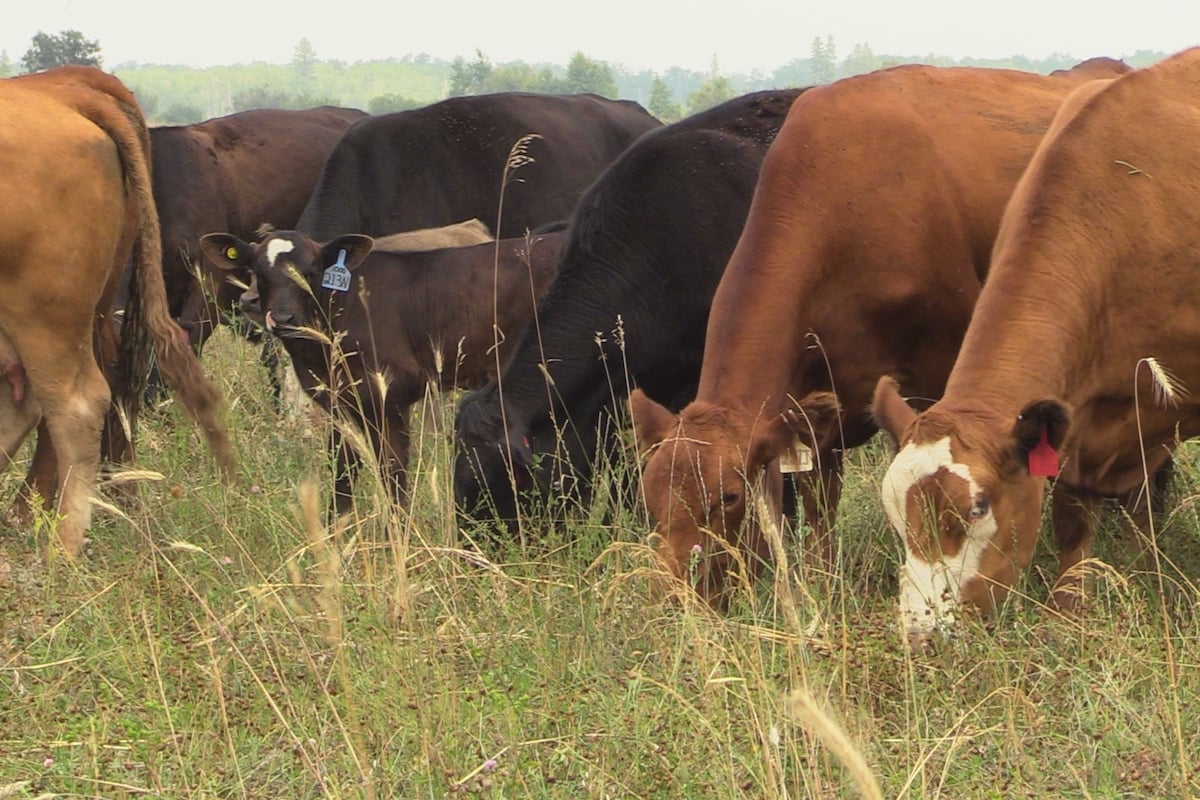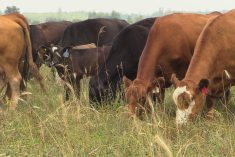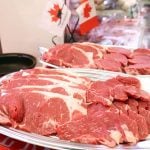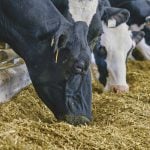U.S. feeder cattle prices were $4 to $8 per hundredweight (cwt) lower last week, which spilled over into western Canadian markets. Western Canadian prices were down $2-$4/cwt on average with little volume defining the price structure.
Most of Western Canada has received greater than 125 per cent of normal precipitation over the past 60 days, but in the U.S., pasture conditions are rated 54 per cent poor to very poor, as dry hot weather scorches the Midwest. U.S. auction markets are experiencing higher volumes as feed and water shortages are reported in many areas.
Read Also

Klassen: Feeder market softens on weaker demand
For the week ending October 25, Western Canadian yearling markets traded steady to $10/cwt below prices from the previous week….
Alberta packers bought fed cattle in the range of $109-$111/cwt last week as feedlots are carrying larger supplies of market-ready cattle. Feeder steers in southern Alberta weighing 500 to 600 pounds sold in the range of $165-$185/cwt; 700- to 800-lb. steers were trading from $150 to $155/cwt. Again, very light volumes and no feature cattle were reported.
Looking forward, feeder cattle exports to the U.S. are expected to be down sharply during the fall period as U.S. feedlots will experience larger placement in July and August. The Canadian yearling run will start in a couple of weeks and with feed barley trading at $285 in the Lethbridge area, feeder cattle prices are expected to be down 10-20 per cent from last year. Feedlot operators are struggling with high feed costs and limited strength in the deferred live cattle futures.
A non-monopoly export environment for wheat and barley will result in a surge of exports to the U.S. during the 2012-13 crop year. Western Canadian hard red winter wheat is starting to move into Texas feedlots. Adverse conditions in the Black Sea region will also result in larger feed barley exports off the West Coast. U.S. consumers are struggling with limited disposable income, which has tempered overall beef demand.
Related story:
U.S. June cattle placements slip as corn prices rise, July 20, 2012
















